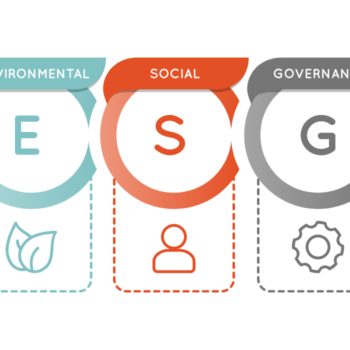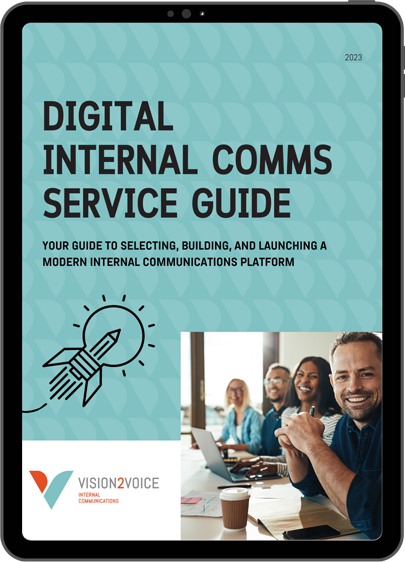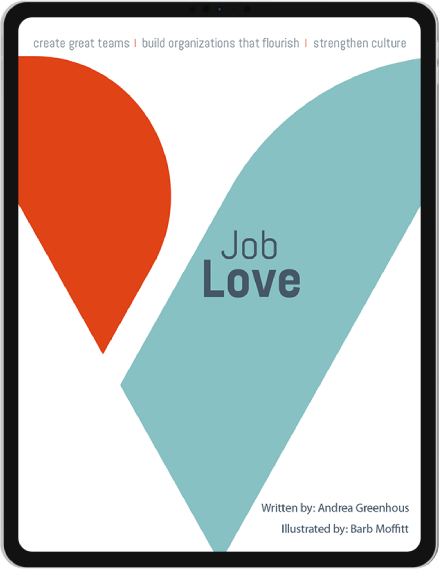An 8-Step Return-to-the-Office Roadmap: Inform. Involve. Inspire.

As folks across North America are starting to get vaccinated and discussions about returning to the office start to take place, a new set of challenges are surfacing for CEOs and leaders.
What do your teams – and the individuals on them – want? What are their concerns? Do we need to create new policies? What if people feel unsafe?
It’s a complicated and emotional process. Grief and loss throughout the pandemic have been different for everyone, and mental wellness has certainly suffered. Returning to the office is a big change to what we’ve been experiencing for the past 12 months, and will require a lot of communication throughout the entire process, from the very beginning of the planning phase to long after the return has taken place.
However, there’s a silver lining here as well: The pandemic has given us an opportunity to rethink how we work. Successfully communicating that change is going to be the key to its success. Here are 7 steps to successfully returning to the office:
Step 1: Understand How Your Employees are Feeling
Effective change management involves employees and gives them a voice. The best way to accurately understand how your employees are feeling and to plan the best way forward is to listen. Conducting one or more surveys and equipping your leaders at every level for genuine, open, and psychologically safe conversations are all critical actions.
It is important to assess and understand the factors that will impact the success of a return to the office plan, including:
- Stressors related to return to work
- Constraints and personal demands related to return to work (include a gender lens)
- Risk tolerance and comfort level
- Preferences for rejoining the in-person workforce
Step 2: Communicate Early and Often
Your teams need to feel comfortable with the planning that’s taking place, and in order for that to happen, they need to know what planning is taking place! It’s important to inform your employees that you are working on creating a safe return for them, even if you don’t have all of the details worked out yet. Uncertainty and the unknown in themselves are huge sources of stress. One of the reasons several tech companies declared early on that they would move to a work from home model is to give employees a sense of certainty. This allows the organization to begin moving forward with concrete plans for a new way of working.
Step 3: Make Decisions Aligned with Your Purpose
As you work your way through the planning and decision-making process, keep in mind your purpose – the reason your organization exists in the first place. Your organization’s purpose and culture (how you want your employees to THINK, FEEL AND ACT to fulfill that purpose creates a North Star that helps guides the building of a Return to the Office strategy that feels right to your team and will be more likely to generate their support.
Step 4: Involve and Communicate Throughout the Planning Process
It’s not enough to tell your team that you’re working on putting together a plan; you have to update them throughout the process on a regular basis. What’s new? What decisions have you made? What decisions can they help you make? What questions can you answer now, and which ones will you seek out answers to? Letting your staff know that you are actively working on a solution to keeping them safe and help them thrive, while also involving them in the process as much as possible, will go a long way. Remember: Dialogue builds trust. Show your team you care and are understanding, by demonstrating to them openly how much work is going into your planning process.
Step 5: Ask: What Makes People Feel Unsafe?
It’s important to understand the barriers to the success of any strategy, and when looking at Returning to the Office, one of the largest barriers is undoubtedly going to be members of your team feeling unsafe. What makes people feel unsafe? Often, it’s what other people are doing (or not doing), and having to use public transit. Ask yourself: How can we mitigate this? How can we help our staff feel safer about returning to work? Whenever possible, incorporating flexible work hours, allowing people to work remotely some days a week, and enforcing any safety policies you incorporate into your plan are important steps to helping your staff feel heard and safe in the office.
Step 6: Then Ask: What Helps our People Thrive?
One thing we hope organizations have learned in the last year is that everyone’s reality is different. Instead of trying to design a one-size-fits-all solution, the best approach is to focus on what makes each employee thrive and help them to do so. Working from home is heaven for some people and a complete disaster for others. Working across the organization to reimagine work and build the systems, processes, technology, and even to redesign the workplace itself will help to create a workplace that helps every person bring their very best self to ‘work’ every day.
Step 7: Identify what Behavioural or Mindset Changes Need to Happen?
Traditionally, organizations have a clear plan and set of guidelines for their staff to follow, but with the pandemic not only forcing a change in the form of physical distancing but also providing an opportunity to change how we work and do things better, now is the time to ask your staff: How do we need to think, feel and act to support people? For example, I’ve witnessed organizations with flexible work from home policies, yet presence was rewarded in subtle ways that deterred people from making the choices that would work better for them.
Step 8: Adjust as Needed After the Return
No matter how much research and pre-planning goes into your Return to the Office Strategy, there is going to be a period of adjustment for people once they are physically back in the office, and some changes might need to happen. That’s OK! Communicate to ensure your teams understand this is new territory for everyone – you and your managers are listening, learning, and willing to make changes if needed to make sure everyone feels safe, comfortable, and supported.
Returning to the office is a big change – maybe even one of the largest many of your staff will experience in their careers. It’s important to approach this strategy from a change management perspective and communicate throughout the entire process. When drafting your plan, keep the ADKAR model in mind:
A – AWARENESS of the need for change.
D – DESIRE to support and participate in the change
K — KNOWLEDGE of how to change
A – ABILITY to implement the required skills and behaviours
R – REINFORCEMENT to sustain the change.
Use the ADKAR model to focus activities, messages, and content in order to effectively support employees in their change journey.
Andrea and the team at Vision2Voice have been helping organizations with their individual return to the office strategies. If you’re looking for support as your team navigates through this massive change and want to build an organization that emerges from the pandemic even #betterthanbefore, send us a message, and let’s chat. We’re always here to help.





